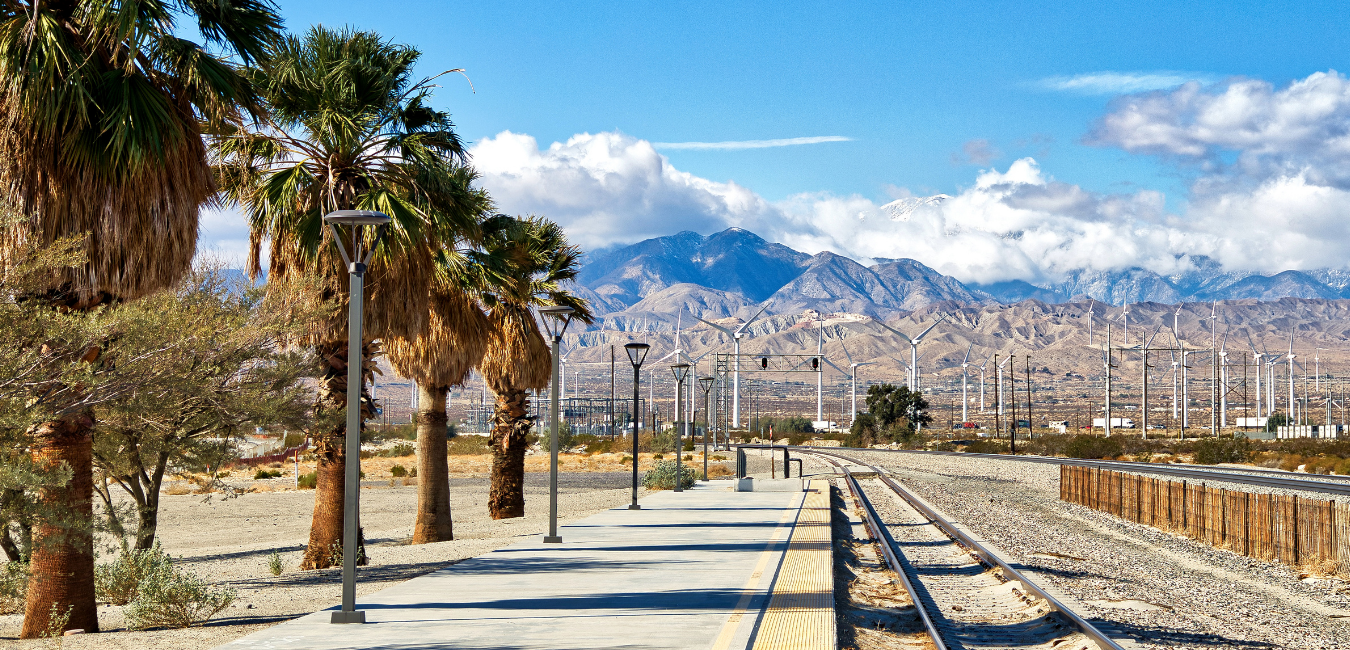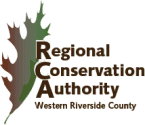The Point: RCTC is seeking federal grant funding for next phase of engineering, environmental studies
RCTC is hoping everyone will jump on board to show support for the Coachella Valley-San Gorgonio Pass project. RCTC is proposing twice-daily passenger rail service between the Coachella Valley and Los Angeles Union Station and is seeking the public’s support for the next phase of project development. Residents, business groups, tourism destinations, rail enthusiasts, transit advocates, and other stakeholders in all corners of southern California can visit rctc.org/support to add their names to a growing list of supporters for this service.
Collecting the support from residents across southern California will strengthen RCTC’s application for federal grant funding through the Consolidated Rail Infrastructure and Safety Improvements program. Grant applications are due November 29, so voice your support by November 22.
The proposed service follows a 144-mile route with stops in four counties – Los Angeles, Orange, San Bernardino, and Riverside – and the potential for up to six stations east of Colton and the service endpoint in either Indio or Coachella. RCTC expects to finalize its Service Development Plan and “program level” Environmental Impact Statement/Environmental Impact Report in early 2022. The next required step is the “project level” EIS/EIR, a $60 million investment that the federal grant would help fund.

“Securing this funding will allow us to advance to the next step in delivering this transformative rail service through southern California, benefiting not only the Coachella Valley, but also passengers in the counties of Riverside, Los Angeles, Orange, and San Bernardino,” said RCTC Chair Jan Harnik, who also serves as the Mayor Pro Tem for the City of Palm Desert. “This is a game-changing economic opportunity with environmental benefits for all of our communities, including our most disadvantaged communities, along the route,” Harnik said.
If funding for the project-level EIS/EIR is secured, RCTC and Caltrans would be able to:
- Conduct preliminary engineering along the 76-mile eastern section of track to the 30% design level; and
- Pursue project-level environmental approvals for up to six stations, a new third main track, and associated grade crossings and signal improvements on the eastern section of the corridor.
For more information about the proposed project, go to rctc.org/cvrail and don’t miss our project video.
